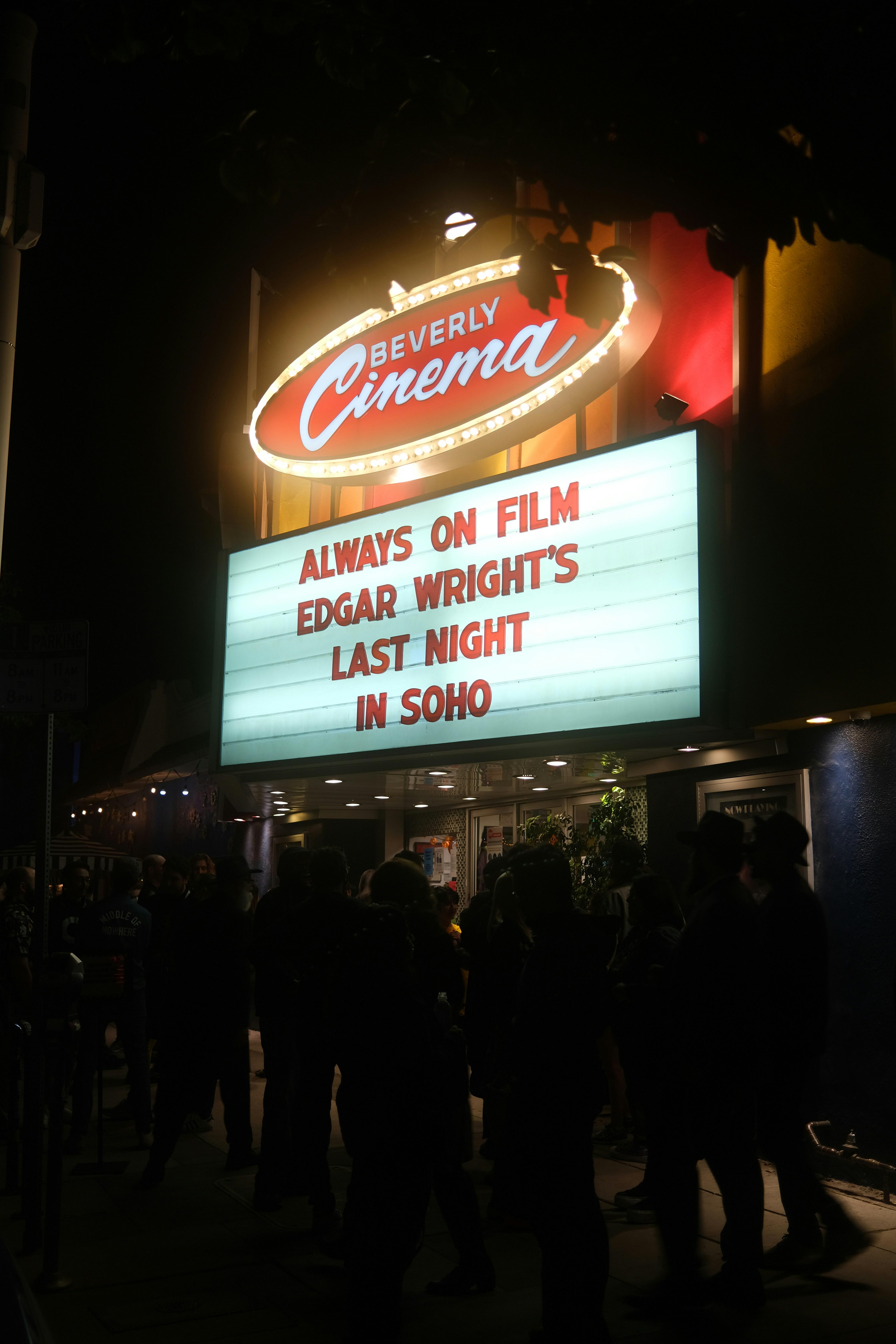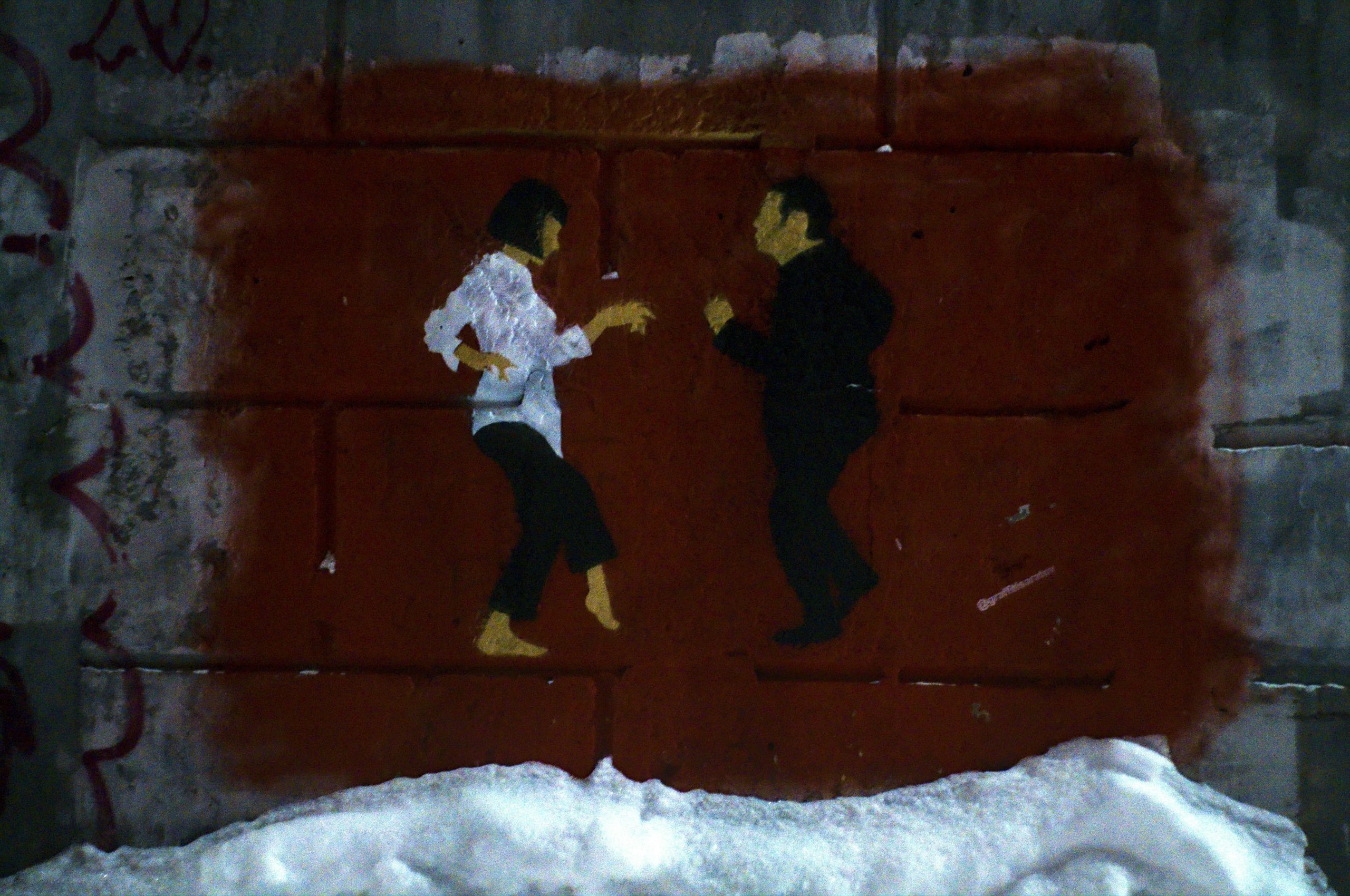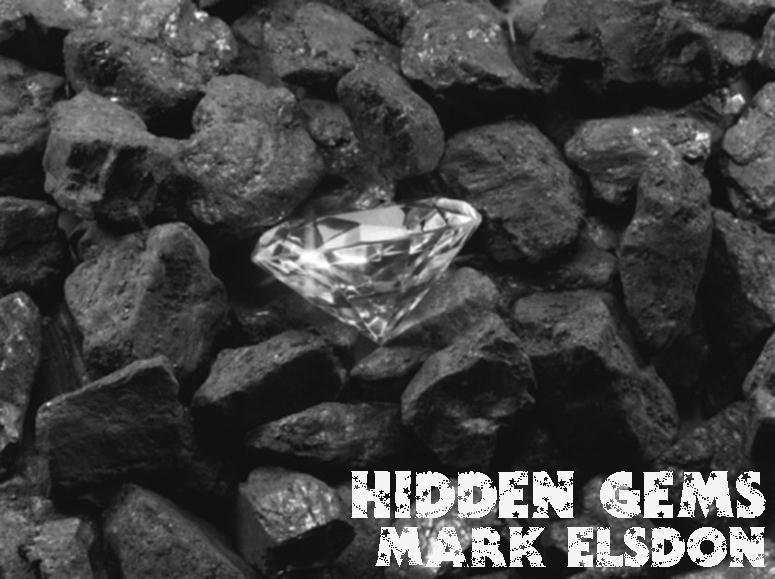In the ever-evolving landscape of cinema, few directors have managed to carve a niche as distinct and impactful as Quentin Tarantino. With a signature blend of sharp dialogue, non-linear storytelling, and a reverence for the art of filmmaking, Tarantino has become a household name synonymous with cinematic innovation. From his explosive debut in the early ’90s to his most recent endeavors, Tarantino’s work is a masterclass in blending the visceral with the intellectual, the past with the present. As we journey through his illustrious career, we delve into the elements that define his genius and the indelible mark he has left on the world of film. Whether you’re a seasoned cinephile or a casual moviegoer, the retrospective of Quentin Tarantino’s oeuvre offers a fascinating glimpse into the mind of a filmmaker who continues to challenge, entertain, and inspire.
Crafting Iconic Dialogue and Unforgettable Characters
One of the most distinctive elements of Quentin Tarantino’s films is his mastery in creating dialogue that resonates with audiences long after the credits roll. His scripts are a tapestry of sharp wit, cultural references, and raw emotion, woven together to create conversations that feel both authentic and larger-than-life. Tarantino’s dialogue is not merely a tool for advancing the plot; it serves as a character in its own right, enriching the narrative with its own unique voice. Whether it’s the tension-filled banter of hitmen in Pulp Fiction or the historical reimaginations in Inglourious Basterds, his words are crafted with precision and purpose.
- Unique Cadence: Each character speaks with a distinct rhythm, capturing their personality and background.
- Cultural References: Pop culture and historical nods pepper the dialogue, adding layers of meaning and context.
- Tension and Release: Conversations are meticulously constructed to build suspense and offer moments of unexpected humor.
Beyond dialogue, Tarantino’s ability to craft unforgettable characters is unparalleled. His protagonists and antagonists are often morally complex, blending charm with menace, heroism with villainy. They are not mere caricatures; they are fully realized beings with motivations that challenge and engage the audience. Characters like the vengeful bride in Kill Bill or the charmingly ruthless Hans Landa in Inglourious Basterds are etched into cinematic history, demonstrating Tarantino’s genius in character creation.

Revolutionizing Storytelling through Nonlinear Narratives
Quentin Tarantino’s films are a testament to the power of nonlinear storytelling, a narrative style that has redefined the cinematic landscape. By shattering traditional timelines, Tarantino crafts stories that invite audiences to piece together the puzzle, enhancing engagement and deepening emotional impact. His unique approach creates a dynamic interplay between past, present, and future, allowing viewers to experience multiple layers of a story simultaneously. This method not only challenges conventional storytelling but also enriches character development, as seen in films like “Pulp Fiction” and “Kill Bill”, where fragmented sequences build suspense and invite reflection.
- Enhanced Viewer Engagement: Nonlinear narratives encourage active participation as viewers piece together the plot.
- Complex Character Development: Characters are revealed through various timelines, providing depth and intrigue.
- Heightened Suspense and Drama: The unpredictability of the narrative keeps audiences on the edge of their seats.
In Tarantino’s hands, nonlinear narratives are more than just a stylistic choice; they are a tool for exploring the human experience in all its complexity. His films invite us to see the world through a kaleidoscope, where each fragment of the story refracts into a new perspective, making the viewing experience as much about discovery as it is about entertainment.
A Masterclass in Cinematic Homage and Genre Blending
Quentin Tarantino’s films are a rich tapestry woven with threads of homage and innovation. His ability to blend genres while paying tribute to cinematic classics is nothing short of a masterclass. Tarantino has a knack for cherry-picking elements from a wide array of film genres—be it the gritty western, the pulse-pounding action, or the suspense-laden thriller—and seamlessly stitching them together into a cohesive narrative. This unique approach not only respects the legacy of the genres but also breathes new life into them, crafting something both familiar and refreshingly original.
- Pulp Fiction: A neo-noir crime saga that revolutionized storytelling with its non-linear narrative and sharp dialogue.
- Kill Bill: An homage to martial arts cinema and spaghetti westerns, wrapped in a revenge saga with a strong female protagonist.
- Inglourious Basterds: A bold reimagining of World War II narratives, blending historical fiction with Tarantino’s signature dark humor.
His films are a cinematic collage, where each piece serves as a nod to the past while simultaneously pushing the boundaries of what cinema can be. Tarantino’s work invites audiences to explore a mosaic of influences, encouraging a deeper appreciation for the art of filmmaking. This blend of reverence and innovation cements his status as a visionary who not only cherishes the cinematic past but also shapes its future.

The Impact of Tarantinos Soundtrack Selections on Film Atmosphere
Quentin Tarantino’s films are renowned not just for their gripping narratives and sharp dialogue, but also for their masterful use of music. His soundtrack selections often transcend mere background noise, becoming almost another character within the film. By meticulously curating tracks that resonate with the emotional core of a scene, Tarantino elevates the atmosphere and immerses the audience in his cinematic universe. Whether it’s the haunting strains of Nancy Sinatra’s “Bang Bang (My Baby Shot Me Down)” in Kill Bill or the infectious groove of Dick Dale’s “Misirlou” in Pulp Fiction, these musical choices serve to amplify the storytelling, often creating iconic moments that linger long after the credits roll.
- Cultural Juxtaposition: Tarantino often uses music to juxtapose cultural elements, adding layers of complexity to his narratives.
- Emotional Depth: The emotional depth of a scene is often enhanced by his selection of tracks that perfectly capture the mood.
- Timeless Appeal: By selecting tracks from various eras, Tarantino ensures that his films have a timeless quality, appealing to diverse audiences.
The director’s ability to marry visual storytelling with evocative soundscapes is a testament to his cinematic brilliance, making each film a unique auditory and visual experience. This seamless integration of sound and image is a hallmark of Tarantino’s style, setting his work apart in the realm of modern cinema.









